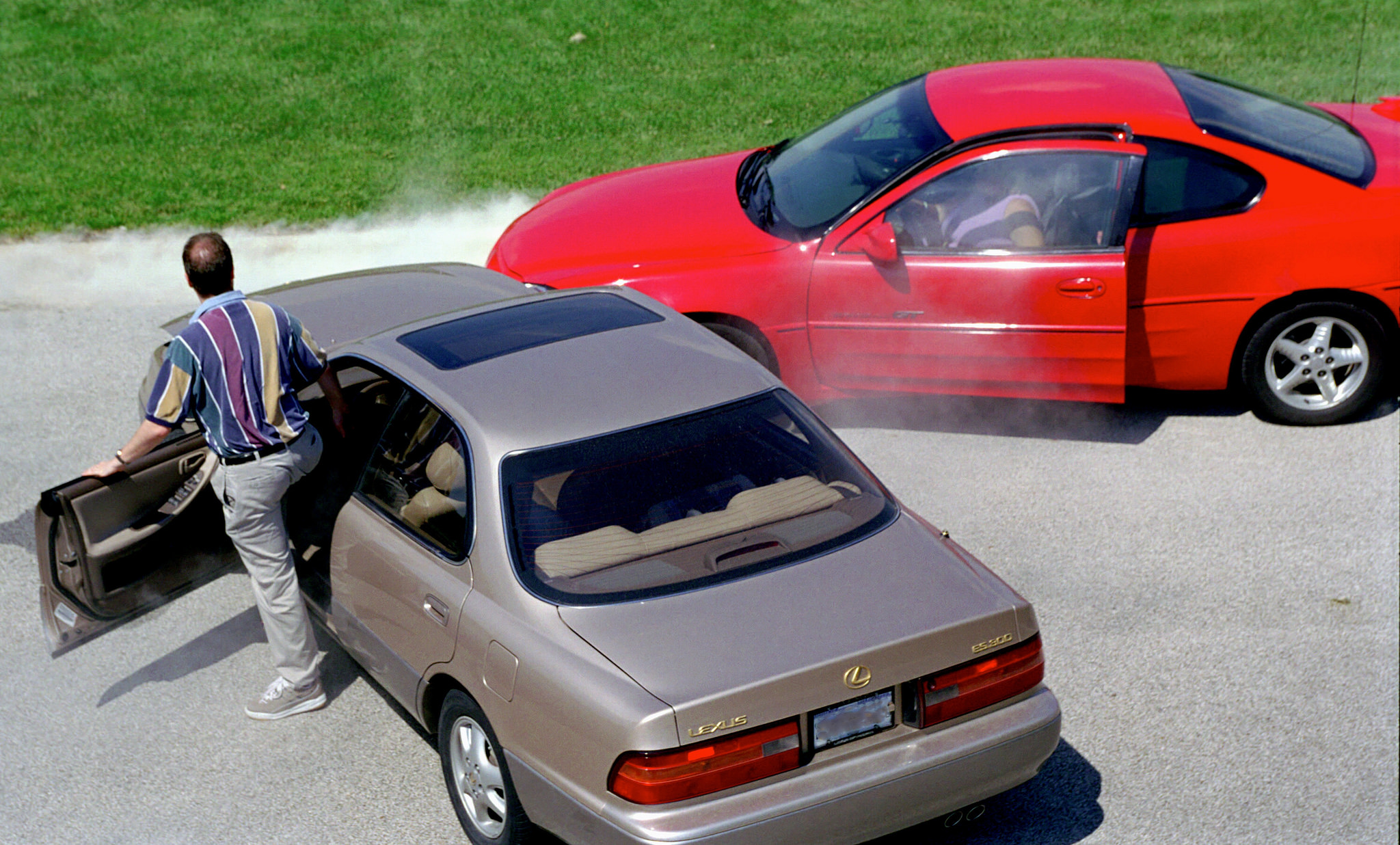
You’re careful when it comes to your personal finances. You pay your bills on time. You keep your credit score in line. You comparison shop. You don’t give in to impulse buying. You budget, at least in your mind if not in written form. You even have a savings account.
But do you fudge when it comes to auto insurance? It’s tempting to have only the minimum coverage required, especially when your car loan is paid off and your car is getting older. There’s no doubt that this saves you money in the short term, but what about the long term? The whole purpose of any kind of insurance is to protect you in the event of future unforeseen occurrences. A car accident certainly qualifies.
Even though you’re a responsible driver, many other people aren’t. You’ve probably noticed what seems to be an ever increasing number of drivers who speed, follow too closely, change lanes or turn without signaling, talk on their cell phones or text while they’re driving, and engage in a myriad of other unsafe practices that put you at risk. There’s not much, if anything, you can do about them, but you can make sure you’re covered if the worst happens and you and your passengers are injured in a car crash.
Required Minimum Coverage
Auto insurance policies sometimes can be difficult to understand. You already know what minimum coverage your state requires. If you live in Maryland, for example, you know that you must have 20/40/15 coverage. But what does that mean and where do you find it on your policy?
The numbers mean that you must carry at least $20,000 of coverage for each person injured in an accident; your policy limit must be at least $40,000 for each accident, and you must have $15,000 worth of property damage coverage. Your policy will show the amount of coverage you have in the liability, medical, and collision sections.
Realistic Coverage
Minimum coverages are notoriously low. You know that receiving a $15,000 check if your car is totaled won’t begin to buy a reasonably low-mileage used car, let alone a new one. As for medical costs, you know that a policy limit of $40,000 likely will not cover all the medical bills if multiple people are injured in an accident. Insurance experts recommend that people have coverage that will pay at least $300,000 per accident and $100,000 per person.
You also should consider what expenses you would incur if your car is stolen or damaged by hail, vandalism, or any other event not related to an accident. That’s what collision coverage protects you against. Even though you’re not required to have it, it’s a very good idea.
Saving Money on Auto Insurance
Just because you may need more coverage than you currently have doesn’t mean that your premiums need to dramatically increase and wreck your budget. Talk to your local insurance agency and find out what kinds of discounts they offer. Most insurance companies offer a variety of discounts, and many factors can come into play.
Even if your car is an older model, it surely has airbags. It might also have automatic seatbelts, anti-lock brakes, possibly even an anti-theft device. All of these things can give you a lower premium rate. If you own a hybrid vehicle, often that’s another discount.
If you have a good driving record and no one has ever made a claim against you related to an auto accident, you’re probably entitled to a good driver discount. If you don’t drive a lot, ask about a low-mileage discount. Most insurance companies give them for cars that aren’t driven for more than 12,000 to 15,000 miles a year.